"XIXth Century, Screen With Grotesques"
19th centuryScreen with grotesques
(5) Oil on canvas, 158 x 185 cm
The analyzed screen is composed of five panels, each divided into two panels decorated with elements of the natural world on the upper level and grotesque decorations on the lower level. Grotesque is a type of ornamentation often used in painting, sculpture, and the minor arts, for example in ceramics and tapestries, developed in the late 15th century. The top five panels refer to as many famous fables of Aesop, i.e. the first panel represents the fable of the frogs ask a king, the second panel instead represents the roosters and the partridge, the third panel has as its protagonist the famous fable of The Hare and the Tortoise, while the fourth The Raven and the Fox, while the last panel probably represents the episode of The Fox and the Stork. The screen owes its name to its unique and ancient origin; after the discovery of these decorations in 1480 in the Domus Aurea of Nero, a palace buried for centuries, under the pretext of imitatio antiquitatis, they were re-offered in contemporary palaces. The palace of Nero was visited by many explorers, who descended there and had the impression of being inside a cave, which is why, as Benvenuto Cellini tells us, these particular decorations found there were called grotesques. The great success of the grotesques is attested by the decorations of Raphael in the Loggias of the Vatican, in the grotesque room of the Palazzo Te in Mantua or in the Grotesque room of the Castello della Manta in the province of Cuneo. With the end of Mannerism, the grotesque did not die out as a decorative system, but persisted in the form of an arabesque and then alternated as a decorative system of chinoiserie. The recovery of classical ornamental forms is evident in the five panels analyzed. Arrangement according to a geometric construction which is repeated with some variations, plant elements, animals and small objects are placed. Slender and fanciful plant shoots, colorful leaves and flowers on a monochrome background, give rise to frames, candelabras and weavings, while maintaining an aerial and light construction. The decoration present in the compartments examined can be compared to the works of Jean-Baptiste Pillement, an artist from Lyon (1728-1808) known for his magnificent and delicate paintings of harsh pre-romantic landscapes, appreciated in England in the 13th century, but it is through his engravings and ornamental designs “à la chinoiserie”, which became known by spreading the Rococo style throughout Europe. At the start of his career, he briefly worked in the Gobelins factory as a designer. Then, from 1745, he traveled to Spain, Portugal, Austria and even Vienna. He lived in London from 1754 to 1762, where he published his first collection of Chinese-inspired drawings. It was in 1778 that he was appointed "painter to Queen Marie-Antoinette" who commissioned him to produce numerous decorative paintings for the Petit Trianon at Versailles.




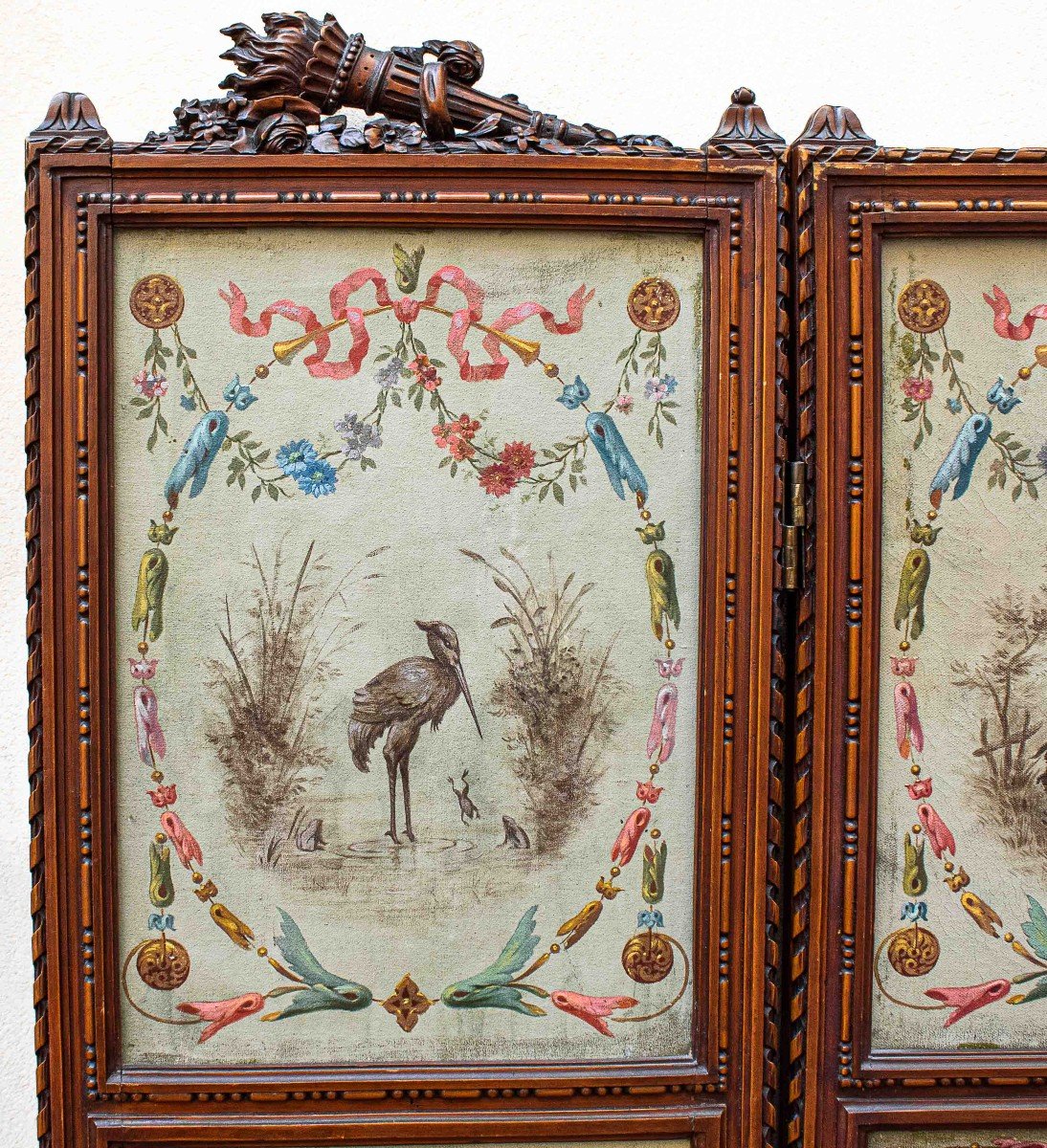
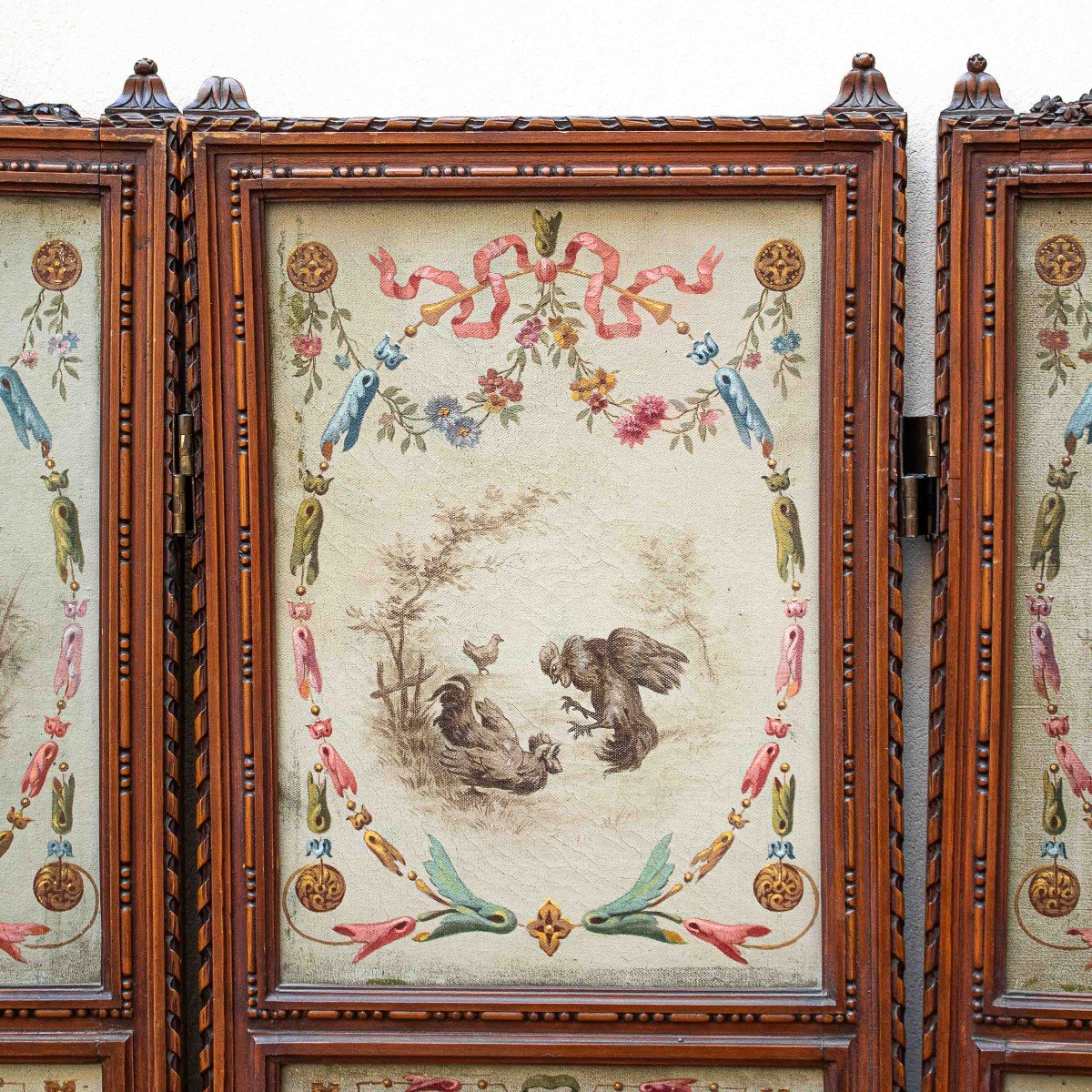
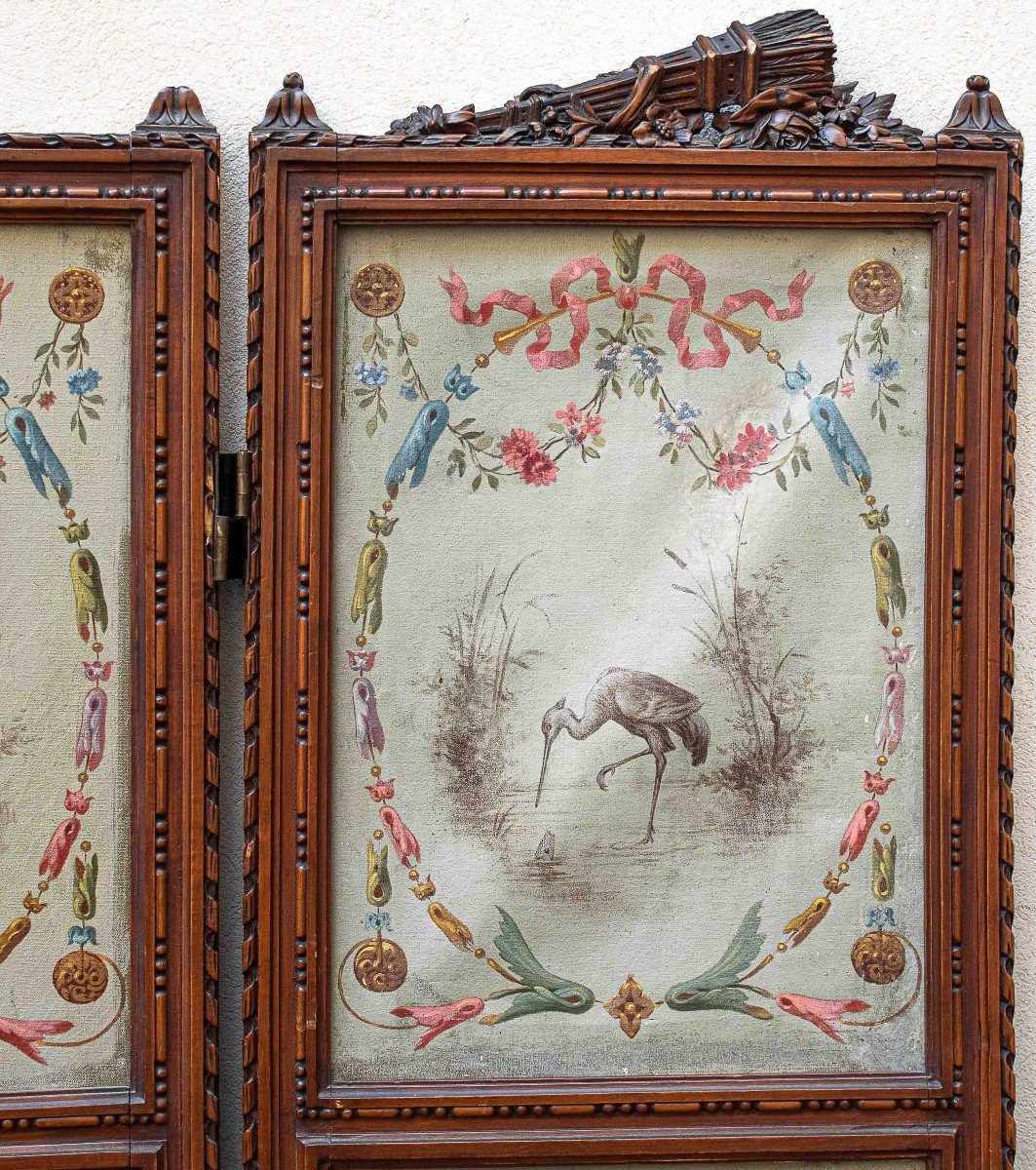
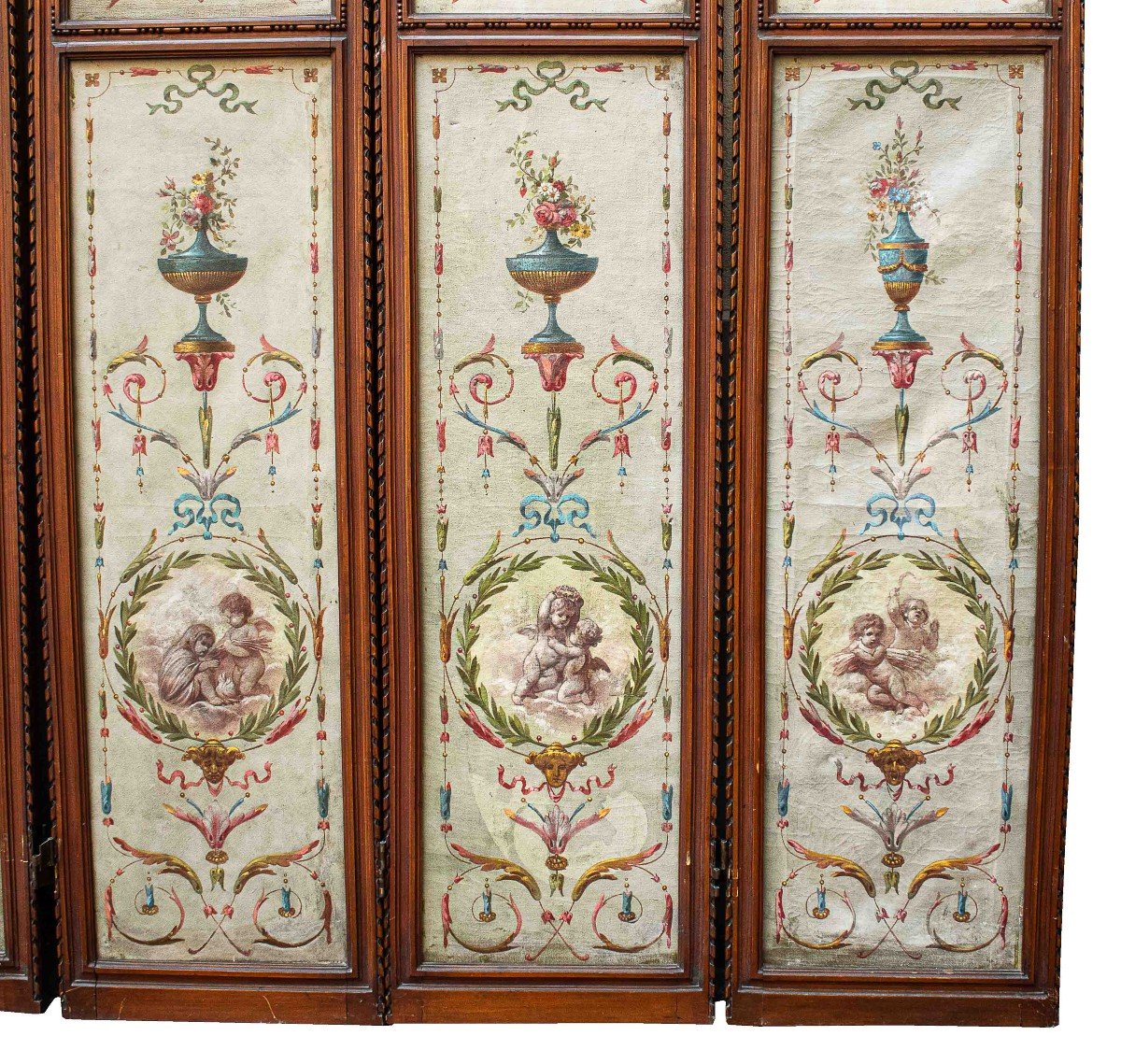
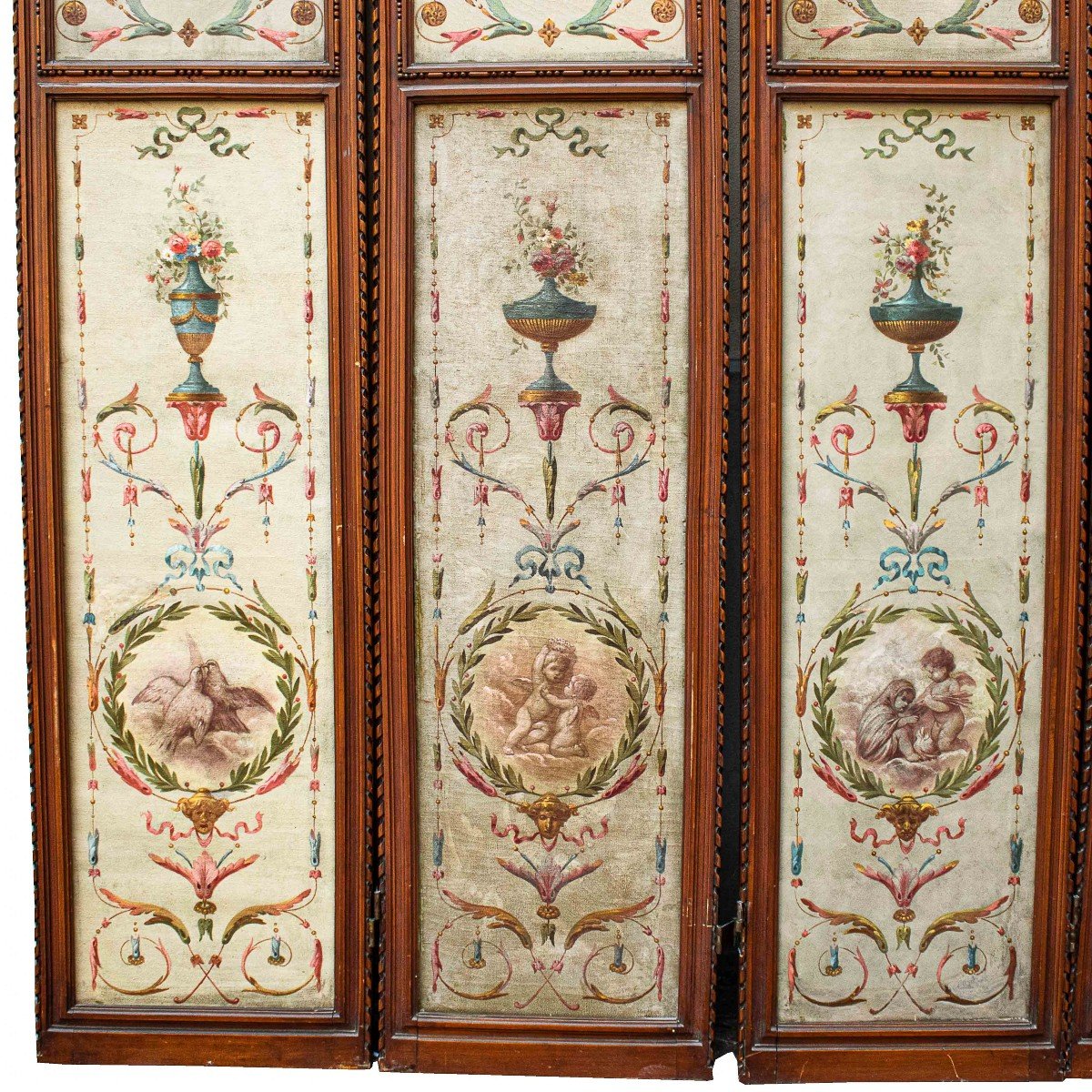
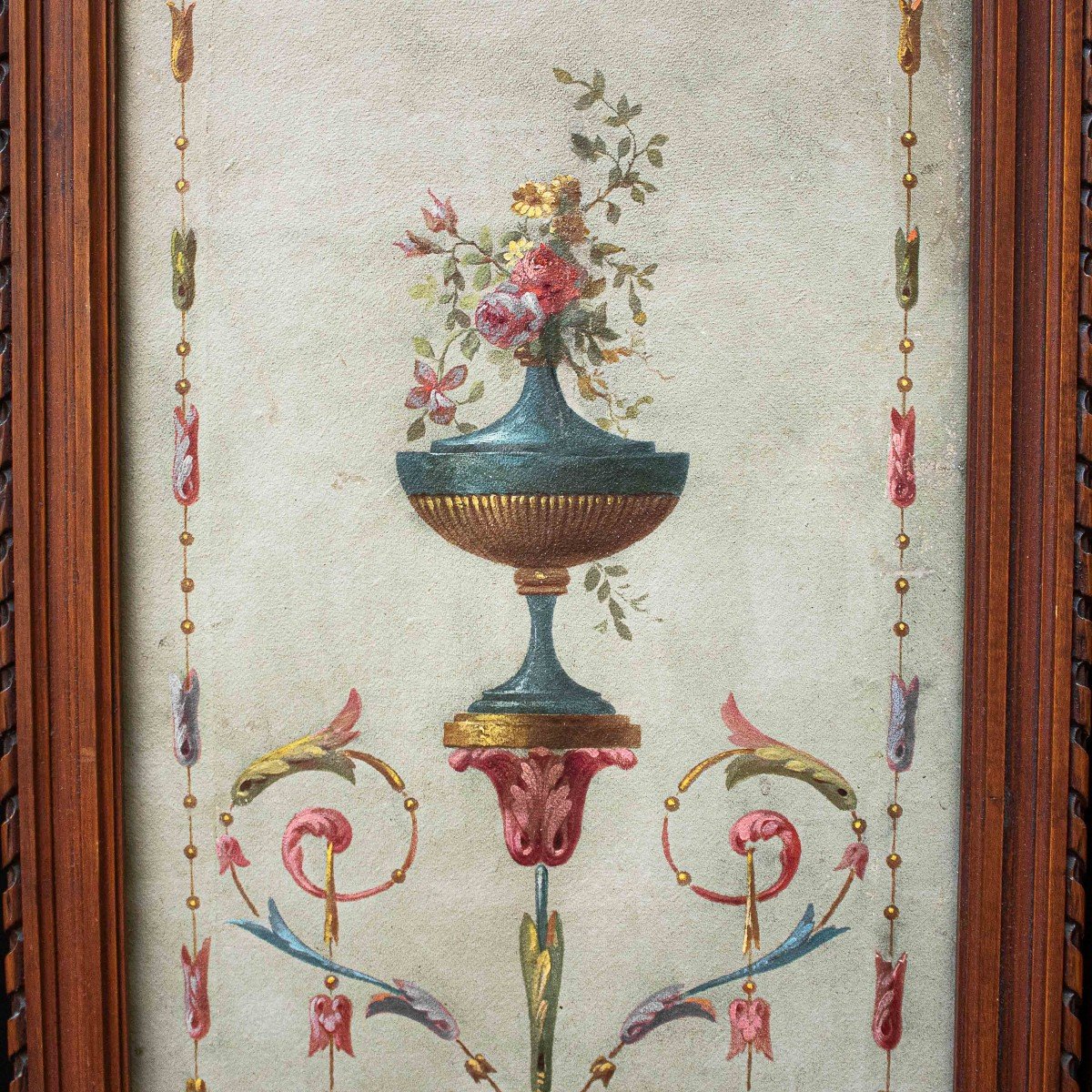
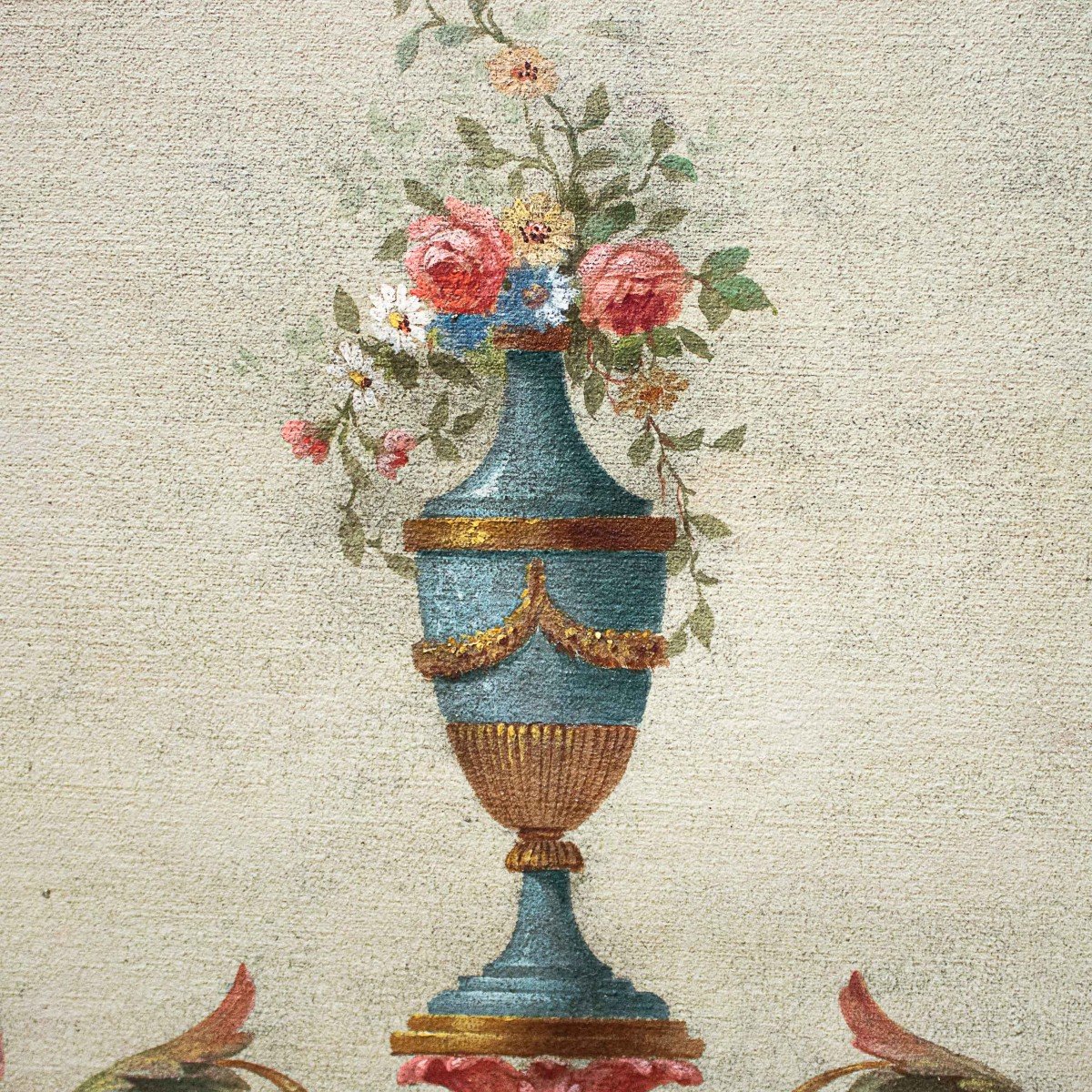
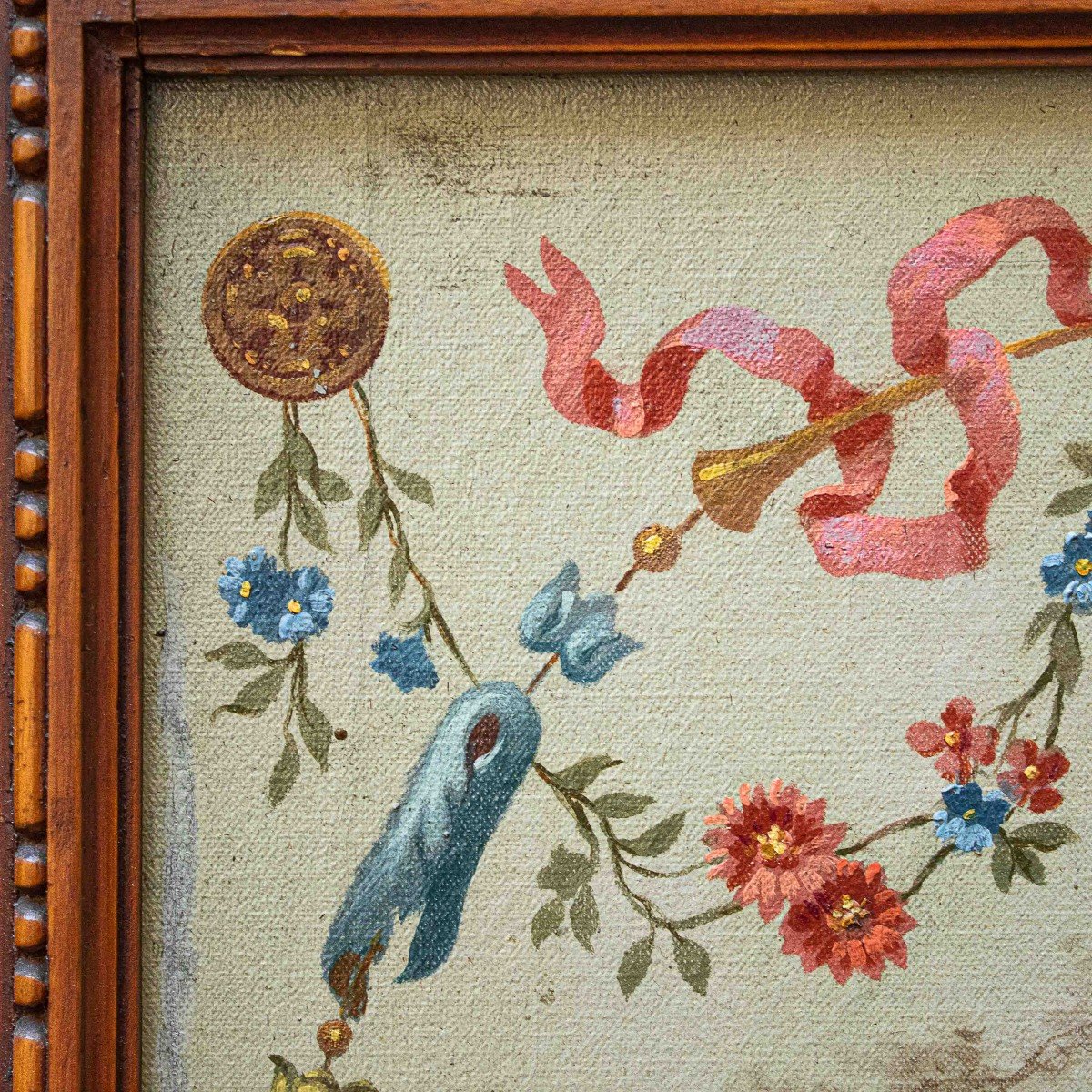
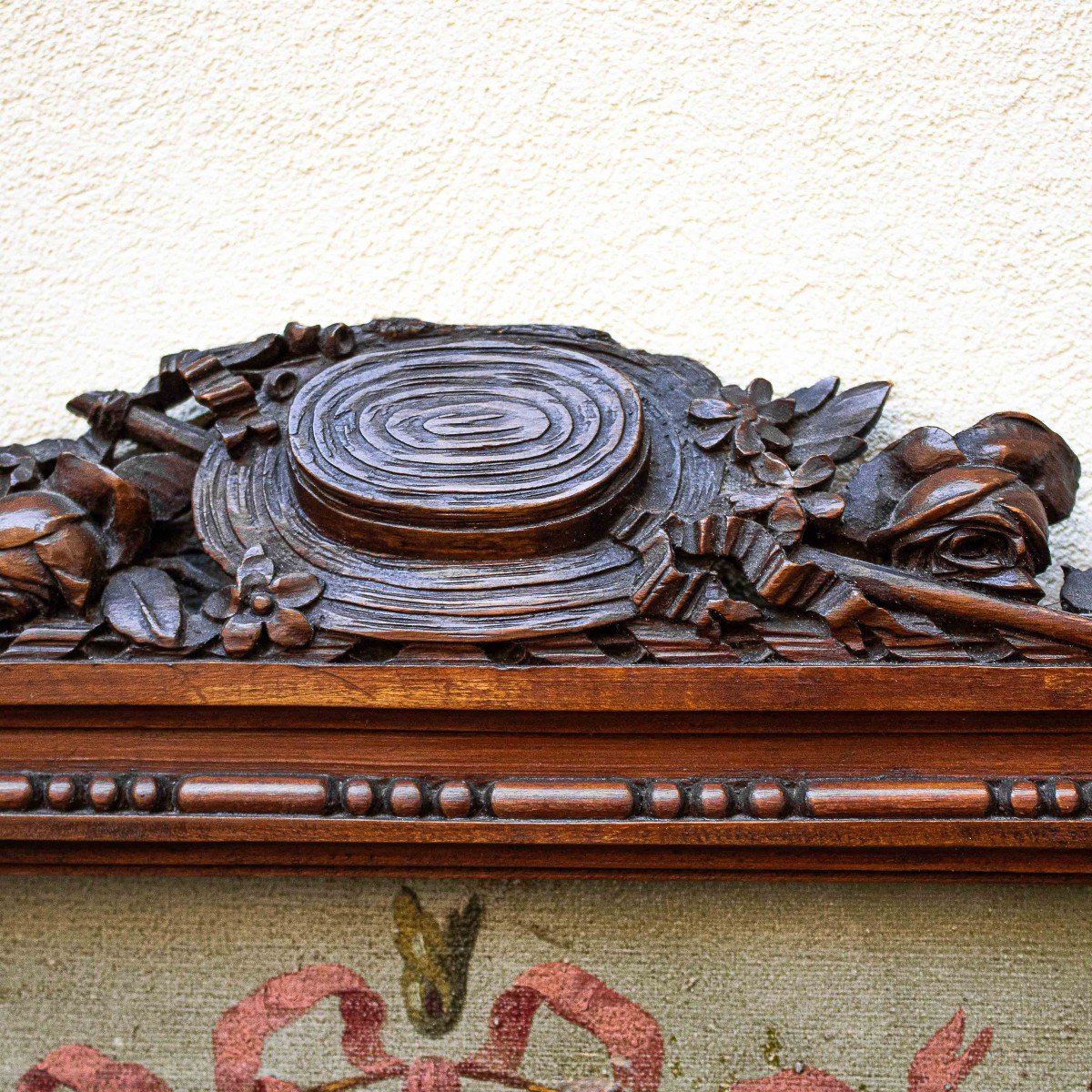
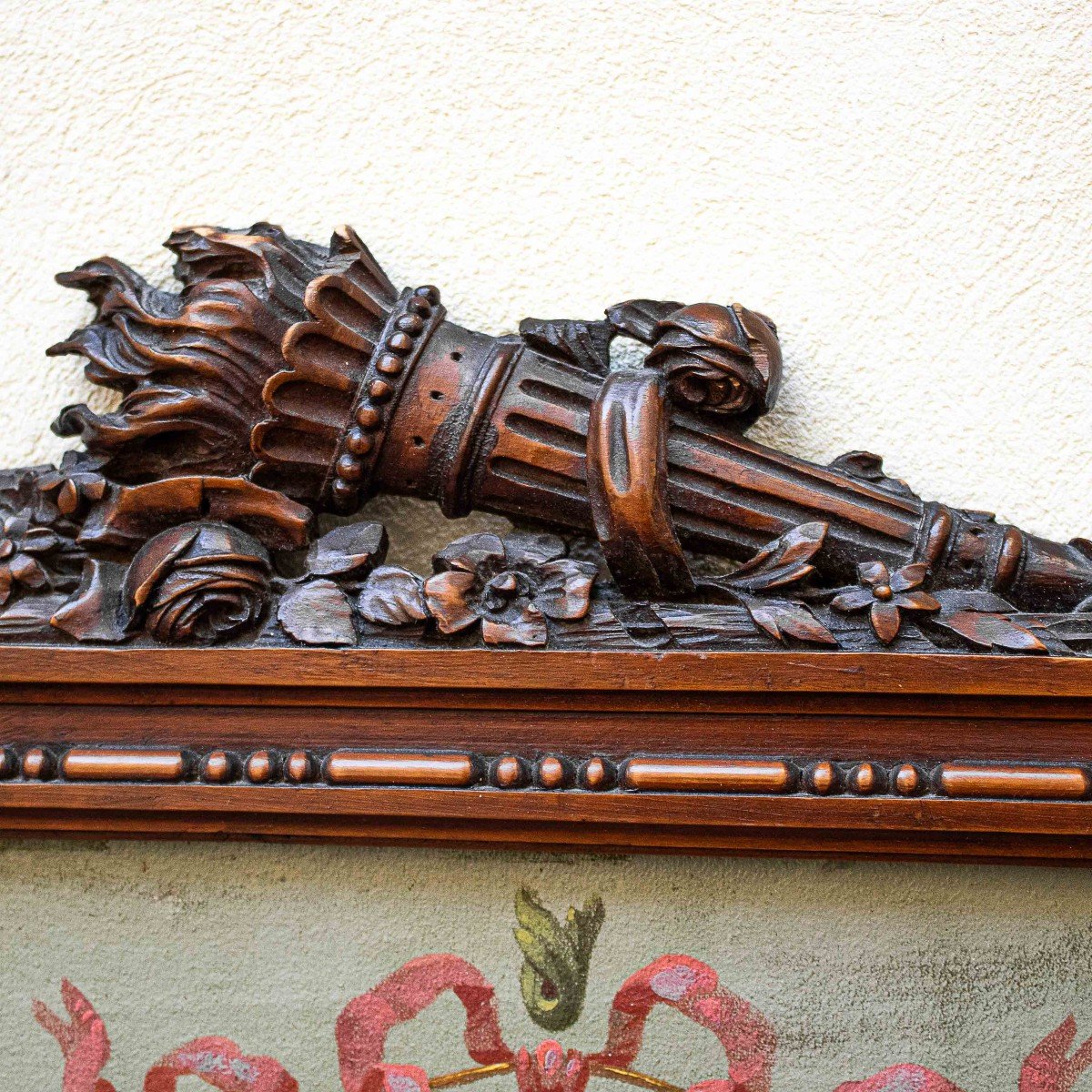














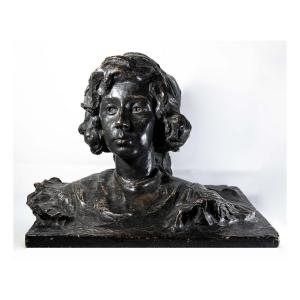


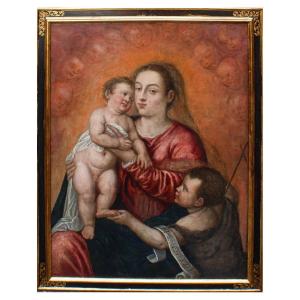

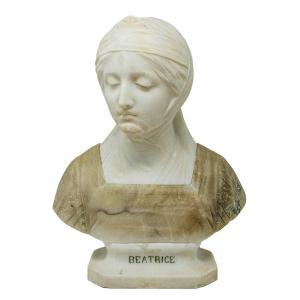



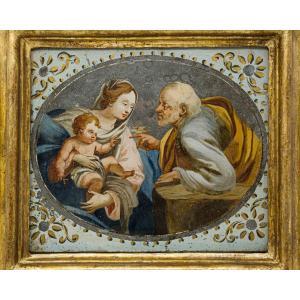
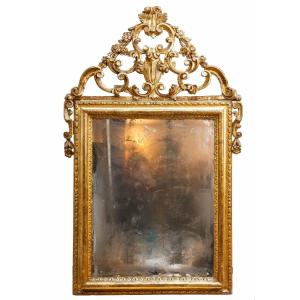

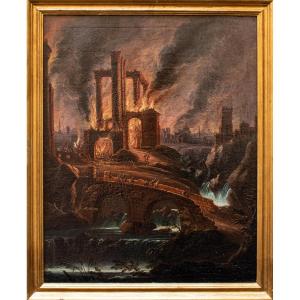
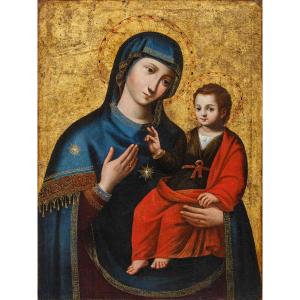
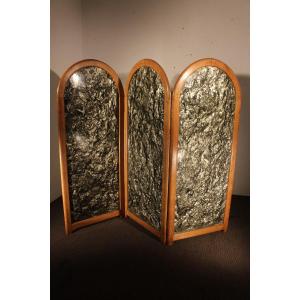
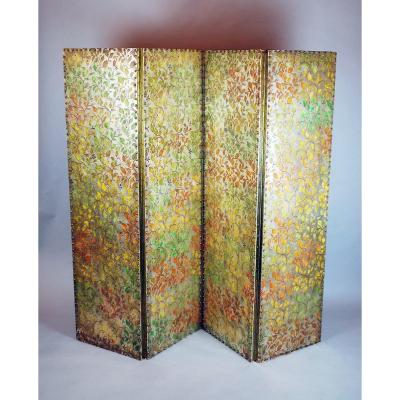
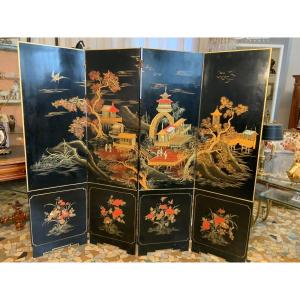
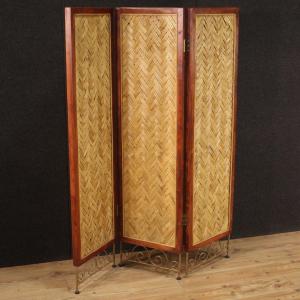





 Le Magazine
Le Magazine Rivista Artiquariato
Rivista Artiquariato TRÉSORS magazine
TRÉSORS magazine